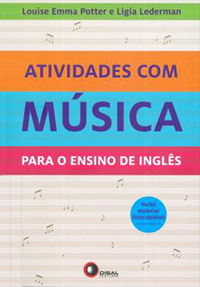According to Brookhart (2013), rubrics can be defined as a “coherent set of criteria for students' work that includes descriptions of levels of performance quality on the criteria”. What does it mean in practical terms? Unlike abstract concepts such as As and Bs, or grades that vary from one to ten, rubrics describe, with some level of detail, the different levels of performance and what they are worth in terms of grades.
They are particularly important in PBL for two main reasons: first, they are much more relevant for formative assessment, as they show students exactly what they have done right, as well as where they need to improve. Secondly, using rubrics enables students to contribute to building the criteria and descriptions together with the teacher, which gives them a sense of belonging while promoting engagement and autonomy.
!In that sense, using rubrics to assess PBL provides many advantages to teachers and students alike. First, teachers are able to personalize assessment and focus on aspects they think are the most important. Secondly, rubrics provide teachers the chance to share with students exactly what is expected of them, and what they are being assessed for.
There are a number of models and ways to design rubrics. The examples below can be used during different stages of the project.
Peer assessment rubrics – students use rubrics to assess each other’s work. This model is suitable to group work activities, as it keeps students aware of the importance of working well together.
Teacher assessment rubrics – rubrics used by the teacher to assess different moments of the project: ongoing classroom activities, group assignments, and especially the final product presented at the end of the project.”
(Tavares and Potter, 2018. P.34)
LIVRO RECOMENDADO
